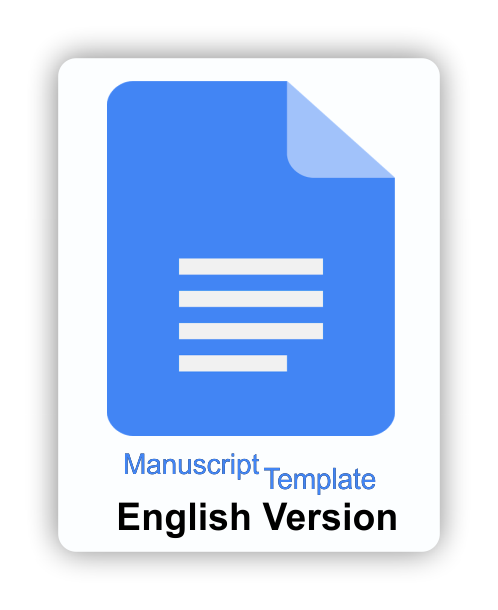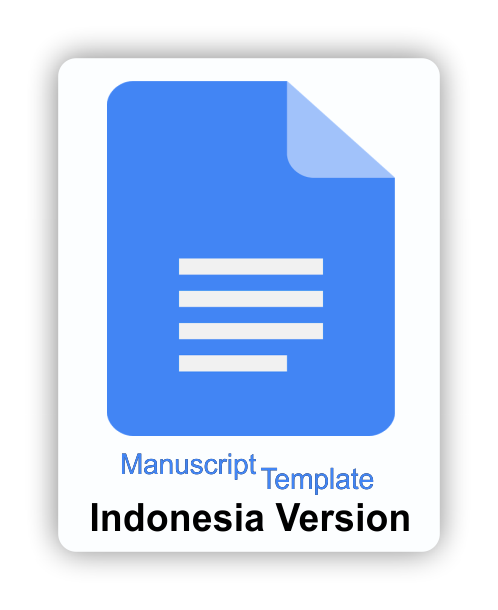Pengembangan multimedia pembelajaran angklung untuk siswa kelas V Sekolah Dasar
Susilo Pradoko, Fakultas Bahasa dan Seni, Universitas Negeri Yogyakarta, Indonesia
Abstract
Penelitian dan pengembangan ini bertujuan untuk: (1) menghasilkan produk multimedia pembelajaran angklung; (2) menguji kelayakan produk; (3) mengetahui daya tarik produk; dan (4) mengetahui peningkatan hasil belajar siswa. Tahapan penelitian dan pengembangan ini meliputi analisis kebutuhan, perencanaan, perancangan, pengembangan, uji coba pemakaian, pementasan, dan produksi. Data dikumpulkan melalui angket, wawancara, observasi, dan tes. Data dianalisis dengan kualitatif deskriptif, kuantitatif deskriptif, dan uji beda. Hasil penelitian menunjukkan: (1) penilaian produk oleh ahli media mencapai skor 4,91; (2) penilaian produk oleh ahli materi mencapai skor 4,85; (3) penilaian produk oleh 2 guru mencapai rata-rata skor 4,73; (4) penilaian produk oleh 3 siswa mencapai rata-rata skor 4,24; (5) Penilaian produk pada uji beta mencapai rata-rata skor 4,56; (6) peningkatan hasil belajar aspek kognitif sebesar 30,00; dan (7) peningkatan hasil belajar aspek psikomotorik sebesar 12,96. Terdapat perbedaan signifikan antara nilai rata-rata pretest dan posttest. Penggunaan multimedia pembelajaran angklung dapat meningkatkan hasil belajar siswa.
Kata kunci: Multimedia pembelajaran, angklung, sekolah dasar
Developing angklung multimedia for grade V students of promary school
Abstract
This research and development study was aimed at: (1) producing angklung learning multimedia; (2) examining the appropriateness of the product; (3) investigating the attractiveness of the product; and (4) measuring students’ improvement. The steps in this research and development study cover needs analysis, planning, designing, development, try out, performance, and production. The data were gathered by using questionnaire, interview, observation, and test. The data gathered was analyzed by using descriptive qualitative, descriptive quantitative, and T-test. The results of analysis showed that: (1) the score of the product by the media expert was 4,91; (2) the score of the product by the content expert was 4,85; (3) the average score of the product by 2 teacher was 4,73; (4) the average scores of the product by 3 students was 4,24; (5) the score of the product in beta test was 4,56; (6) students’ cognitive improvement was 30,00; and (7) students’ psychomotor improvement was 12,96. There was a significant difference between pretest and posttest scores. The use of angklung learning multimedia can improve students’ achievement.
Keywords: Learning multimedia, angklung, primary schoolKeywords
Full Text:
PDFReferences
Alessi, S. M., & Trollip, S. R. (2001). Multimedia for learning: methods and development, 3rd edition. A Pearson Education Company.
Ardipal. (2015). Model pengembangan karakter melalui pendidikan seni di Sekolah Dasar. Jurnal Humanus, 14(1), 17–23. doi:https://doi.org/10.24036/jh.v14i1.5397.
______. (2010). Kurikulum pendidikan seni budaya yang ideal bagi peserta didik di masa depan. Jurnal Bahasa dan Seni, 11(1), 1–10. doi:https://doi.org/10.24036/komposisi.v11i1.69.
Asyhar, R. (2012). Kreatif mengembangkan media pembelajaran. Jakarta: Referensi Jakarta.
Barzegar, N., Farjad, S., & Hosseini, N. (2012). The effect of teaching model based on multimedia and network on the student learning (case study: guidance schools in Iran). Procedia - Social and Behavioral Sciences, 47, 1263–1267. doi:https://doi.org/10.1016/j.sbspro.2012.06.809.
Black, S. (1982). The application of the Kodaly method to instrumental music education. University of Richmond, Virginia.
Borg, W. R., & Gall, M. D. (1989). Educational research: an introduction, 5th edition. New York: Longman.
Mark, M. L., & Madura, P. (2009). Music education in your hands: an introduction for future teacher, 1st edition. New York: Routledge.
Mayer, R. E. (2009). Multimedia learning, 2nd Edition. New York: Cambridge University Press.
Newby, T. J., Stepich, D. A., Lehman, J., Russell, J. D., & Ottenbreit-Leftwich, A. (2011). Educational technology for teaching and learning, 4th edition. Boston: Pearson.
Ozgul, I. (2009). An analysis of the elementary school music teaching course in Turkey. International Journal of Music Education, 27(2), 116–127. doi:https://doi.org/10.1177/0255761409102321.
Pradoko, S., & Priyanto, W. P. (2014). Rancang bangun musik angklung model SATB, dasar aransemen model orchestra. Imaji, 14(1), 90-97. doi:https://doi.org/10.21831/imaji.v14i1.9538.
Reddi, U. V., & Mishra, S. (2003). Educational multimedia: a handbook for teacher-developers. New Delhi: CEMCA.
Supriadi, D. (2006). Model pembelajaran angklung sunda kreasi di Sanggar Saung Angklung Udjo, Nglagena, Padasuka, Bandung Jawa Barat. Harmonia Jurnal Pengetahuan dan Pemikiran Seni, 7(3), 1–14. doi:https://doi.org/10.15294/harmonia.v7i3.742.
Yu, P. T., Lai, Y. S., Tsai, H. H., & Chang, Y. H. (2010). Using a multimodal learning system to support music Instruction. Journal of Educational Technology & Society, 13(3), 151-162. doi:https://doi.org/10.2307/jeductechsoci.13.3.151.
DOI: https://doi.org/10.21831/jitp.v6i1.14082
Refbacks
- There are currently no refbacks.
Copyright (c) 2019 Afrizal Yudha Setiawan, Susilo Pradoko

This work is licensed under a Creative Commons Attribution-ShareAlike 4.0 International License.
Our journal indexed by:
View Journal Statistics

















.png)